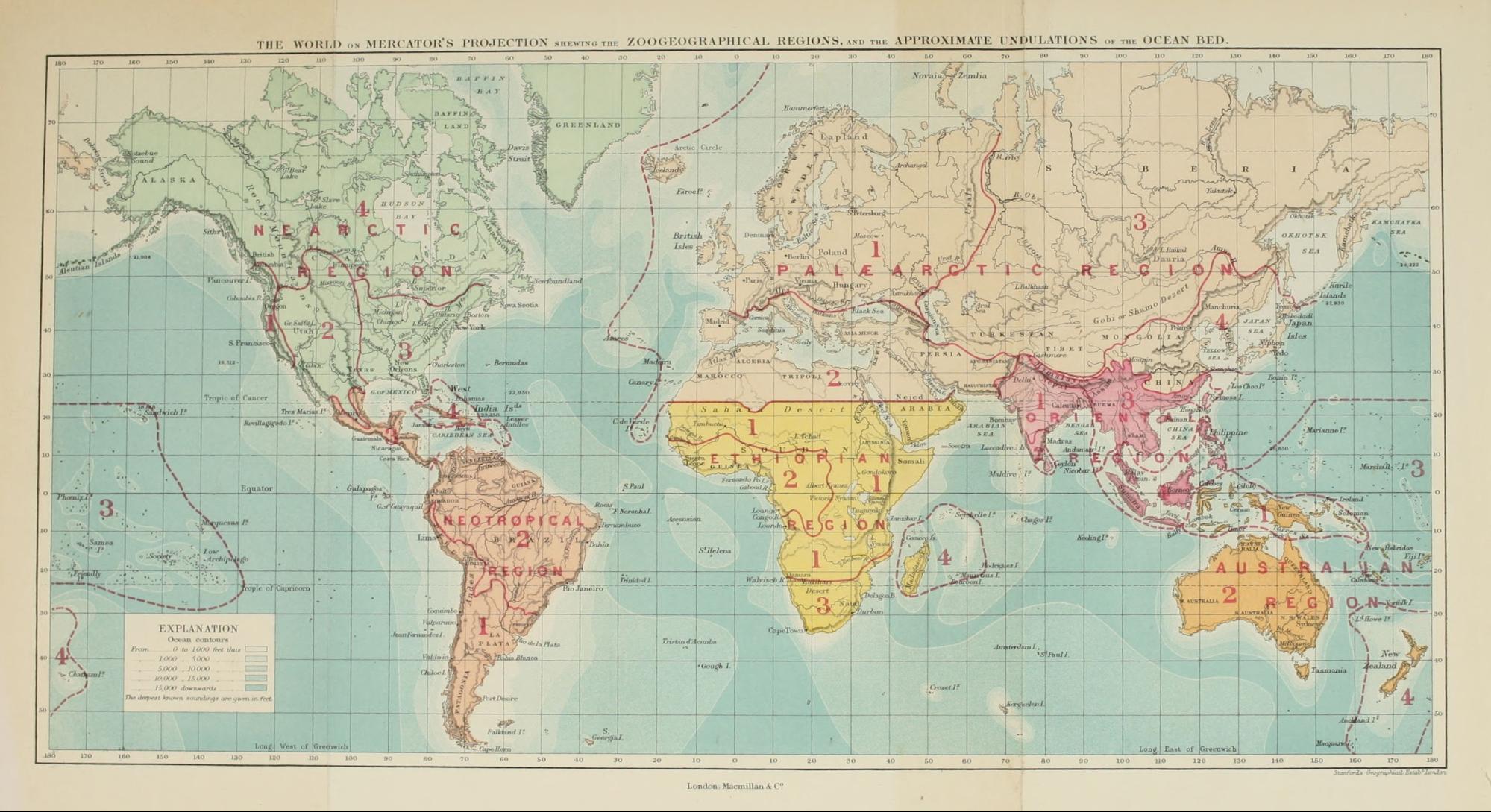Biodiversity & Environment
Objections to Etalin Hydroelectric Project
- 19 May 2020
- 4 min read
Why in News
Recently, some conservationists and former members of the National Board of Wildlife (NBWL) have sought rejection of approval for the Etalin Hydroelectric Project in the Dibang Valley, Arunachal Pradesh.
Key Points
- The Project is based on the river Dibang and is proposed to be completed in 7 years.
- Dibang is a tributary of the Brahmaputra river which flows through the states of Arunachal Pradesh and Assam.
- It envisages construction of two dams over the tributaries of Dibang: Dir and Tangon.
- The Project falls under the richest bio-geographical province of the Himalayan zone and would be located at the junction of major biogeographic zones like Palaearctic Zone and Indo-Malayan Zone.
- It is expected to be one of the biggest hydropower projects in India in terms of installed capacity.
Biogeographic Regions
- These are the large distinctive units of similar ecology, biome representation, community and species.
- Originally, six biogeographic regions were identified: Palearctic (Europe and Asia), Nearctic (North America), Neotropical (Mexico, Central and South America), Ethiopian/Afrotropic (Africa), Oriental/Indo-Malayan (Southeast Asia, Indonesia) and Australian (Australia and New Guinea). Currently, eight are recognised since the addition of Oceania (Polynesia, Fiji and Micronesia) and Antarctica.
Palaearctic Zone
- This includes arctic and temperate Eurasia and all islands surrounding the continent in the Arctic, in the sea of Japan and the eastern half of the North Atlantic.
- It also includes the Macaronesian islands, Mediterranean North Africa and Arabia.
Indo-Malayan Zone
- Its natural boundaries contain tropical Asia from the Balochistan mountains of Pakistan eastward to the Indian subcontinent south of the Himalayan crest, including the tropical southern fringe of China with Taiwan, the whole of Southeast Asia and the Philippines.
Background
- The Forest Advisory Committee (FAC) of the Ministry of Environment Ministry of Environment, Forest and Climate Change (MoEFCC) highlighted that the project will clear 2.7 lakh trees in subtropical evergreen broad-leaved forest and subtropical rainforests.
- According to a sub-committee of FAC, the project may be allowed subject to the condition that the financial outlay of Wildlife Conservation Plan be deposited to the Forest Department by user agency on the basis of a study done by the Wildlife Institute of India (WII).
- However, there were protests by green groups due to which MoEFCC transferred the project to the Union Power Ministry.
Criticism
- Conservationists highlighted that the FAC sub-committee ignored established tenets of forest conservation and related legal issues while recommending the proposal.
- FAC ignored the threat of forest fragmentation.
- Forest fragmentation results from ill-planned intrusion of developmental projects into contiguous landscapes with natural forests and threatens rare floral and faunal species in a biodiversity hotspot.
- FAC’s site inspection report was also questioned for leaving out key details like number of grids across an altitudinal range inspected and the status of vegetation there, direct and indirect signs of wild animals listed in the various schedules of the Wildlife Protection Act, 1972 and overall appreciation of the ecological value of the area.
- The inadequacy of the Environment Impact Assessment report on Etalin was also highlighted.
- Wildlife officials ignored observations which include the threat to 25 globally endangered mammal and bird species in the area to be affected.
- The proposed mitigation measures like setting up butterfly and reptile parks are inadequate and insufficient.





